Autonomous System
Research & Development on planetary exploration rover
One of the methods for lunar / planetary exploration is to use a robot (rovers) that collects, and analyzes samples on actual planets. The environment is almost unknown, such as the shape of the surface or the state of the underground cave on planets such as the Moon and Mars.
In addition, autonomous operation is required from the viewpoint of exploration efficiency for rover that works far away from the earth.
Our laboratory aims to develop a highly reliable rover system that enables autonomous and efficient exploration even in unknown environments from the viewpoints of structural examination (movement method) and sensing / control.
For more detail, see here. Planetary Exploration Rover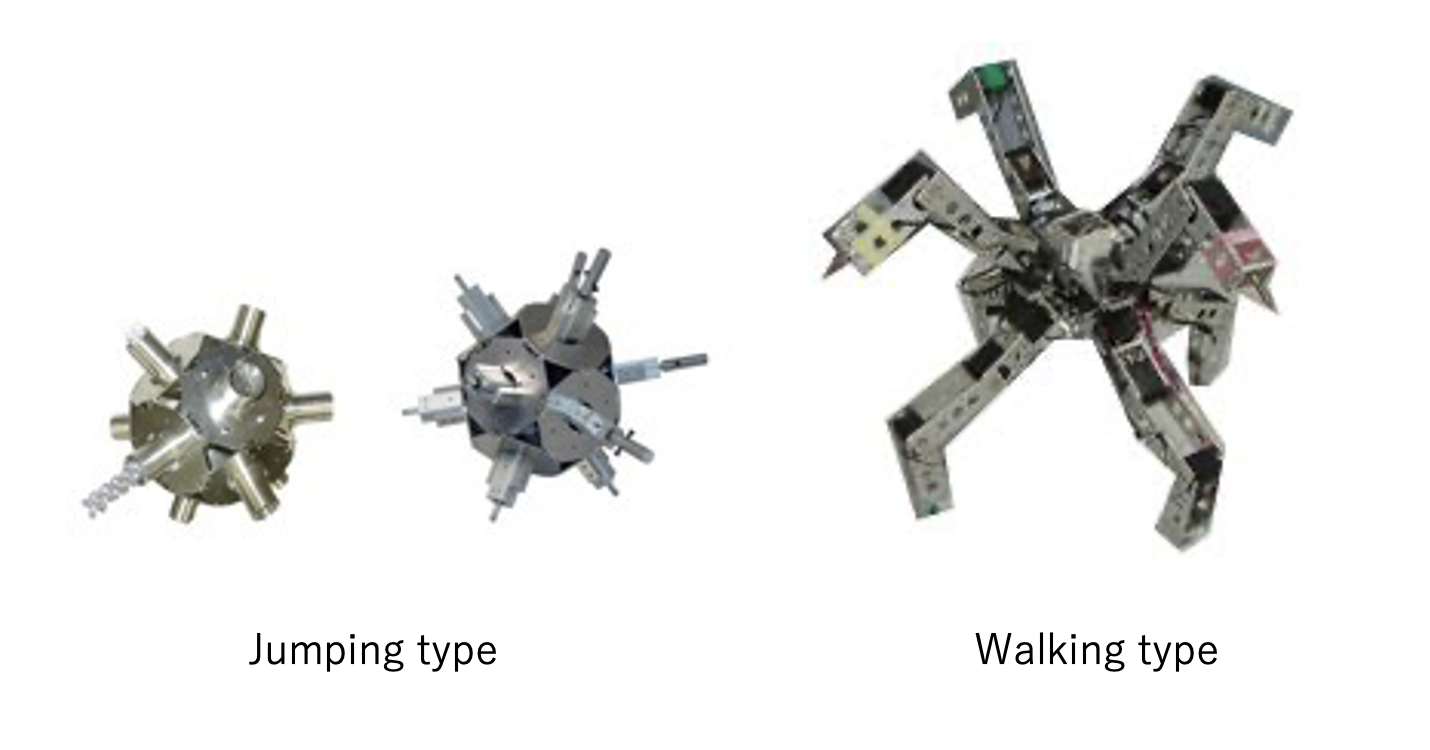
In our laboratory, we are studying control using neural oscillators when constructing an autonomous system. We aim for autonomous movement with high energy efficiency by utilizing a network that mimics living things.
Obstacle Shape Detection using Wide-Field Integration of Optical Flow
Optic Flow is a kind of projection vector of motion on camera screen which is affected by several parameters such as velocity and distance. Therefore, distance from UAV to points on the obstacle can be figured out based on optical flow.
Wide-Field Integration(WFI), which mimics compound eyes of insects such as flies, gathers information from a wide field containing a number of points and processes comprehensively to decrease noise impact and conduct estimation exactly.
In this research, we aim to estimate distances to all the points on the obstacle and further reconstruct the shape of that by using WFI of optic flow. In order to estimate distances and shape exactly, we mainly focus on
- How to apply WFI of optical flow to obstacles with unknown shape?
- How to reduce the influence of noise?
- How to perform on singularity points?
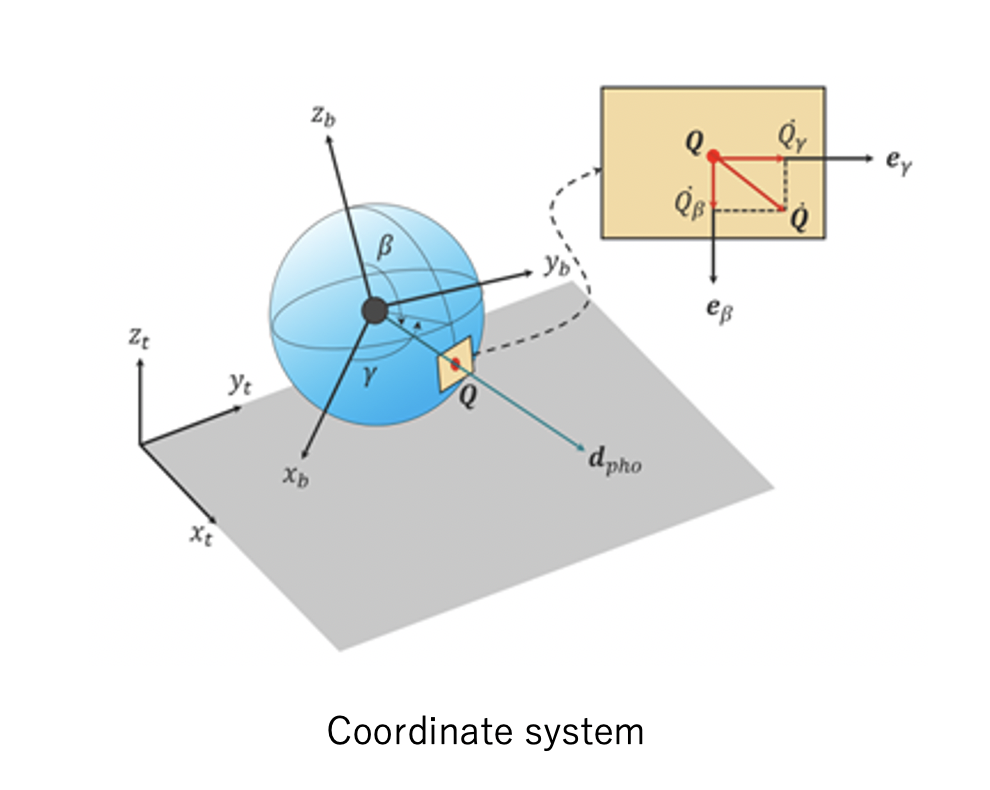
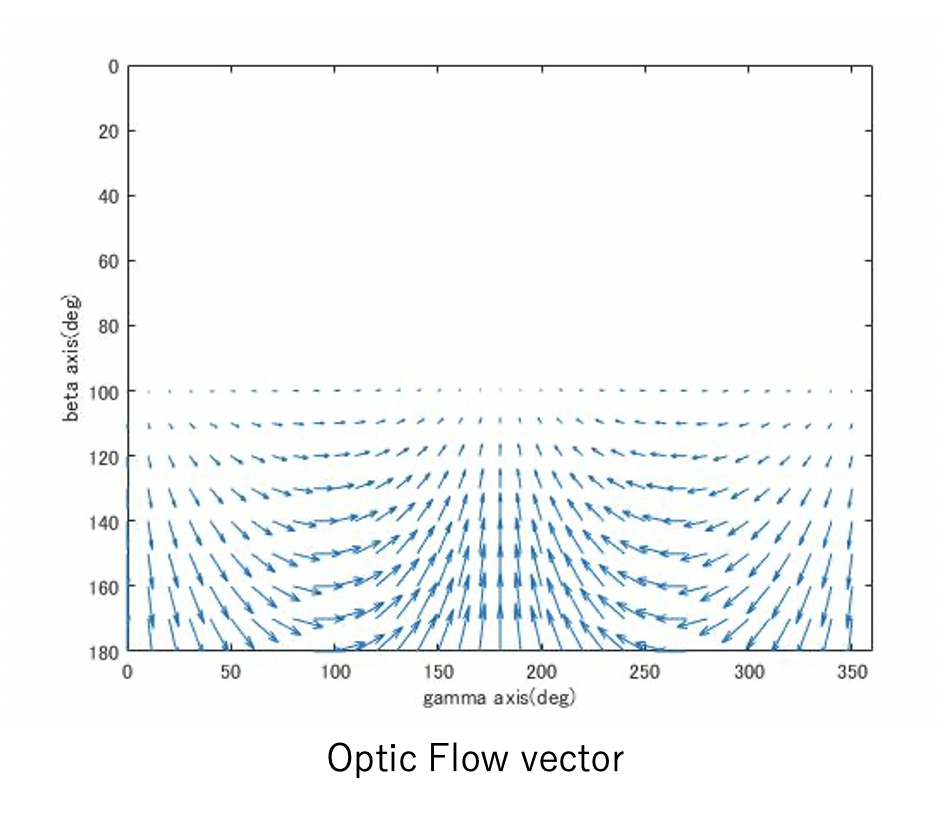
Research on optimal layout of tilt rotor aircraft
Tilt-rotor aircraft is a kind of aircraft with a new construction principle and a new concept aircraft between helicopters and fixed-wing aircraft. On the one hand, the tilting rotor can take off and land without relying on the runway, on the other hand, it is equivalent to a fixed-wing aircraft used for high-speed long-distance flight, thereby expanding the flight range. Tilting rotor is the combination of helicopter and fixed-wing aircraft. It is the result of cutting-edge, innovative and breakthrough development of aircraft technology in the world today.
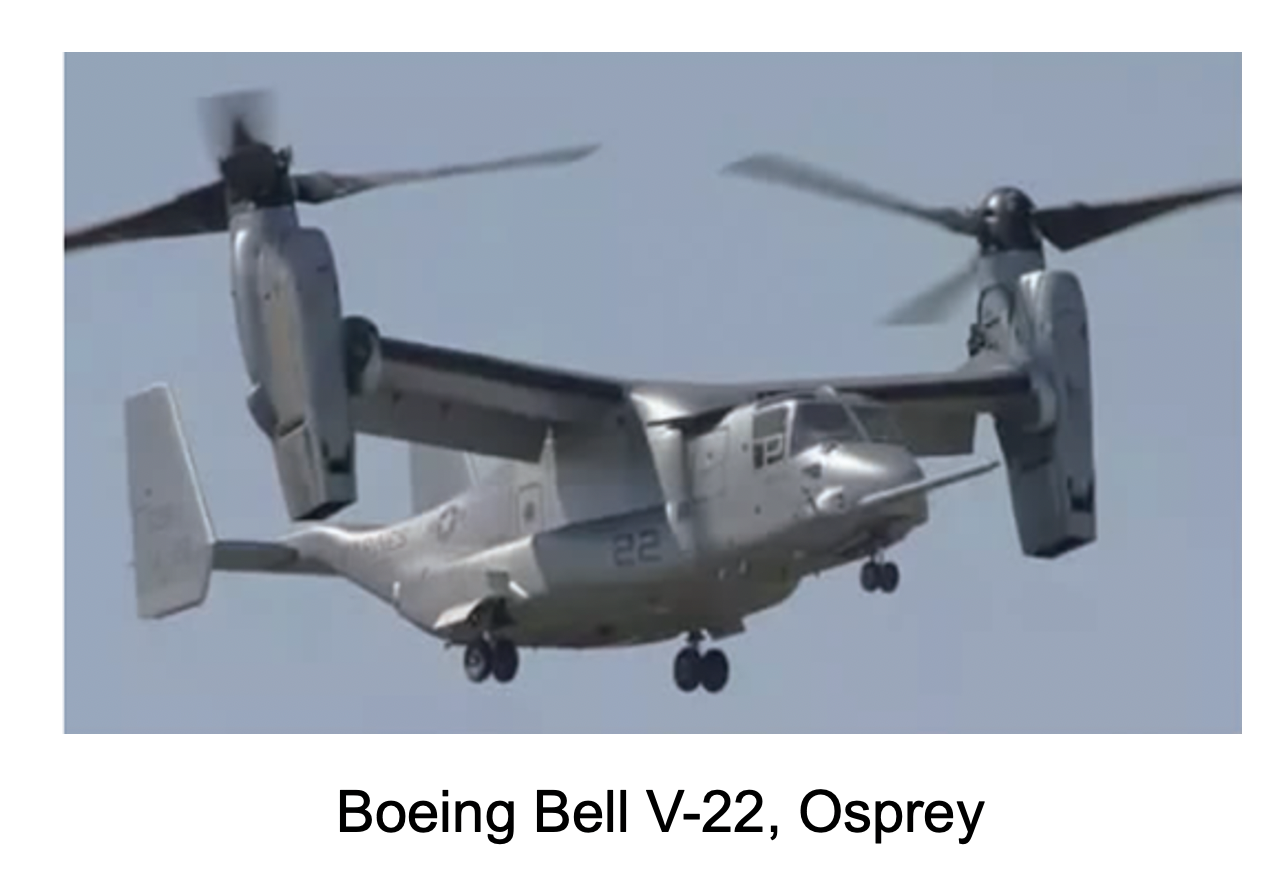
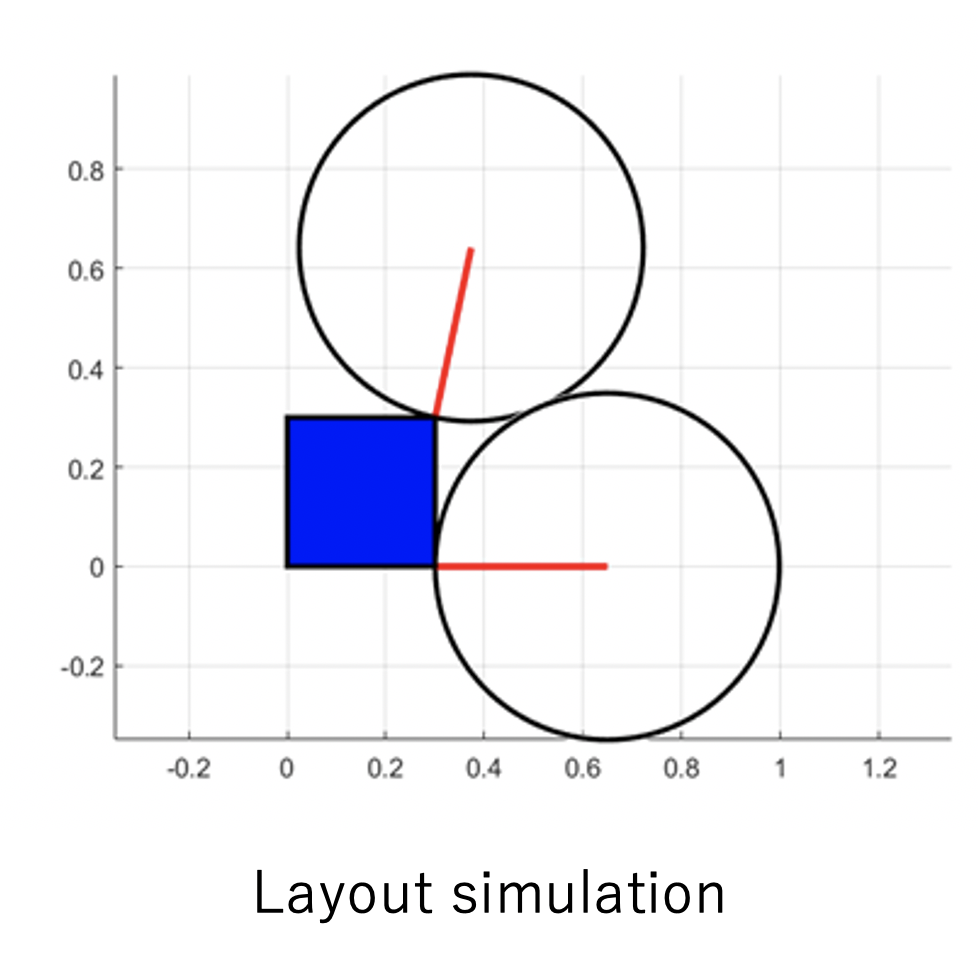
However, the countries of the world have different layouts for tilt rotors and do not have a unified plan. For example, there is no consistent conclusion about the number of rotors, rotor size, and rotor placement.
The purpose of this study is to find the optimal layout for flight of tilt rotors using particle swarm optimization algorithms, DMM (Dynamic Manipulability Measure), Blade Element-Momentum Theory, and other related theories in tilt rotors of different takeoff weights.
The tilt rotor change process is also a difficult issue for development research in each country. This research is also related to the rotor change process.